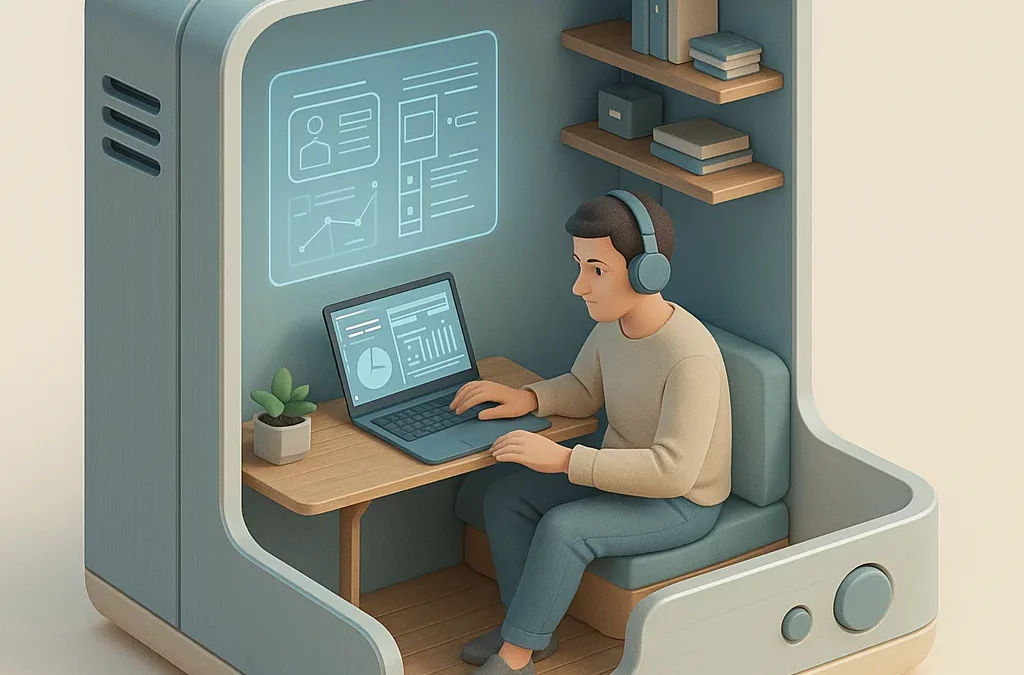In today’s data-saturated world, analytics projects fail not because of bad data or flawed algorithms, but because they miss the mark on people. The success of any analytics or software initiative hinges on whether the end users can understand, trust, and act on the insights delivered.
This is where Human-Centered Design (HCD) becomes a strategic differentiator—not just a nice-to-have. For consulting firms like ours, which operate at the intersection of data, analytics, and software innovation, integrating HCD into every step of the process isn’t optional—it’s essential.
What is Human-Centered Design in the Context of Data Analytics?
Human-Centered Design (HCD) is an approach that prioritizes the needs, workflows, and mental models of real people—before, during, and after building a technical solution. It goes beyond user experience (UX) by embedding empathy and iteration into the foundation of analytics systems, dashboards, and data applications.
In the context of data analytics, HCD ensures that tools are not only functional and accurate but also intuitive and relevant. It asks critical questions upfront: Who is the decision-maker? What decisions do they make daily? What friction do they face? Instead of retrofitting interfaces after the tech is built, HCD shifts the focus to designing systems around the user from day one.
Why It Matters More Than Ever
We live in a world where businesses are drowning in dashboards yet starving for insights. Traditional BI implementations often assume that more data means better decisions. But without clarity, context, and usability, data becomes noise.
(Need help with your BI Implementation? Dev3lop offers Tableau consulting and Power BI consulting)
Human-Centered Design fights that noise. It distills complexity into clarity. It bridges the gap between engineering and execution. And most importantly, it helps organizations unlock the true value of their data by aligning analytics with the real-world decisions that drive outcomes.
As software consultants, we’ve witnessed firsthand how HCD shortens the time to value. When analytics tools are tailored to users’ language and logic, adoption skyrockets. Frustration decreases. Decision velocity improves. These are the kinds of outcomes that drive ROI—not just raw query speed or warehouse scalability.
Applying HCD in Consulting Workflows
Whether we’re optimizing a legacy reporting stack, engineering a custom data platform, or rolling out predictive analytics, HCD plays a critical role in our consulting engagements. Here’s how we apply it across the data lifecycle:
- Discovery: Instead of diving straight into requirements, we conduct empathy interviews and observational research. We ask clients to walk us through their current pain points, tools they love (or hate), and where they spend their time.
- Design: Wireframes and prototypes come early and often. Before building any dashboard or automation, we map out user journeys, use case flows, and interface mockups. This invites feedback before a single line of production code is written.
- Build: We develop iteratively, layering in feedback loops and usability testing. Technical excellence is non-negotiable, but so is clarity. Every tooltip, dropdown, and data drill needs to feel obvious—not like an Easter egg hunt.
- Deploy & Support: HCD doesn’t stop at launch. We support real-world usage, collect feedback, and iterate. Because real users in real workflows often reveal truths that design sessions cannot predict.
From Insight to Impact: The Bottom Line
Data analytics without human-centered design is like giving someone a map without a legend. Sure, it has all the information, but it’s not usable.
For hourly consulting teams like ours, time is money—literally. HCD helps us deliver faster, reduce rework, and build solutions people want to use. It transforms analytics from a static report into a dynamic decision-making asset.
Executives get clarity instead of confusion. Analysts get tools they love. And stakeholders across the board feel seen and supported by systems that work with them, not against them.
Final Thoughts
The future of data analytics belongs to those who can connect the technical with the human. As organizations push toward smarter, faster, and more scalable data solutions, it’s easy to get lost in tech stacks and buzzwords. But remember: technology is only as good as the people who use it.
Human-Centered Design keeps us grounded. It forces us to slow down just enough to ask better questions—so we can build better answers. And in a world where digital transformation fatigue is real, that kind of intentionality is more than strategy—it’s a competitive edge.
If your analytics strategy feels stuck, it’s time to stop scaling the noise and start designing for the human. Let’s make data usable again.

























